6 Fast Food Trends to Worry About in 2025 And 9 That Might Actually Be Game-Changers

Fast food never stops evolving—but not all changes are worth celebrating. Some trends feel like pure gimmicks, while others have real potential to shake up the industry in a good way. Here’s a look at 6 fast food trends in 2025 that raise some red flags, and 9 exciting ones that might just change how (and what) we eat for the better.
1. Surge Pricing During Peak Hours
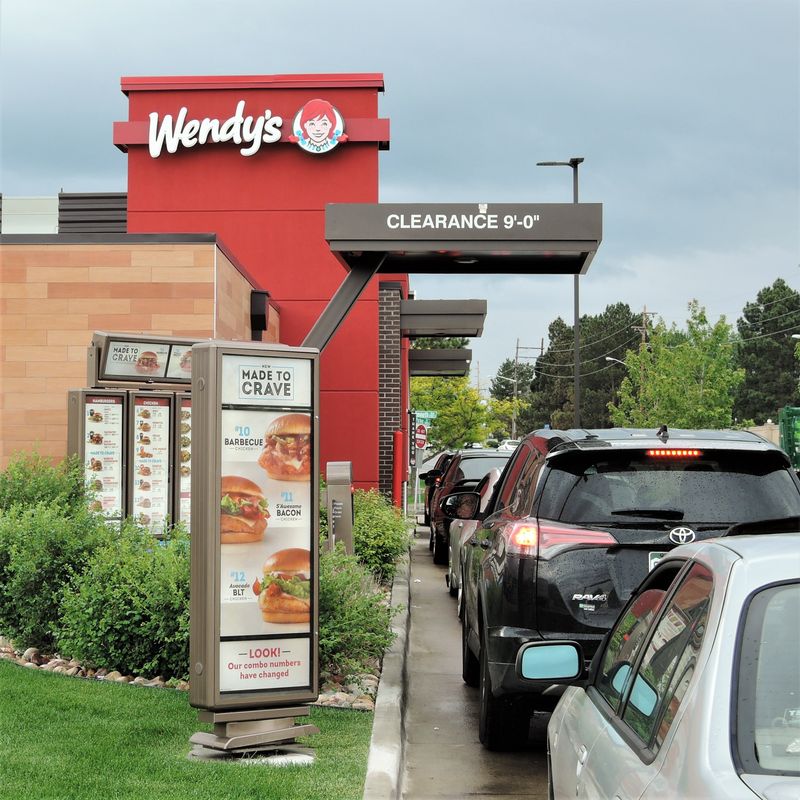
Dynamic pricing is slowly making its way into fast food drive-thrus. The concept of charging more during busy times might boost profits, but it frustrates customers trying to budget their meals. Imagine waiting in a long line only to find your favorite meal costs more than expected. For many consumers, this trend feels like a sneaky strategy to increase revenues at their expense. While businesses aim to manage demand, it risks alienating loyal patrons who value consistency. Balancing profitability with customer satisfaction is the key to navigating this controversial trend.
2. Shrinking Portions Without Lower Prices

“Skimpflation” is a word that captures what many fast food lovers are experiencing. Chains are slyly reducing portion sizes while the prices remain unchanged or even increase. This trend leaves customers feeling shortchanged as they receive less food for their money. The practice erodes trust, as loyal patrons might notice their favorite items shrinking over time. The challenge for companies is to maintain perceived value without resorting to such tactics. Finding a sustainable balance between costs and portions is crucial for retaining customer loyalty.
3. Overreliance on Limited-Time Gimmicks

Fast food chains frequently use limited-time gimmicks to entice customers. However, an overabundance of quirky items like rainbow burgers or hot mustard-flavored ice cream can dilute a brand’s core identity. While these items generate initial excitement, they often leave consumers craving the familiar staples. Gimmicks can be a double-edged sword, drawing interest but risking brand fatigue if overused. To maintain a strong brand image, companies must balance novelty with consistency, ensuring their core offerings remain appealing amidst the fleeting trends.
4. AI-Driven Ordering That Misses the Mark
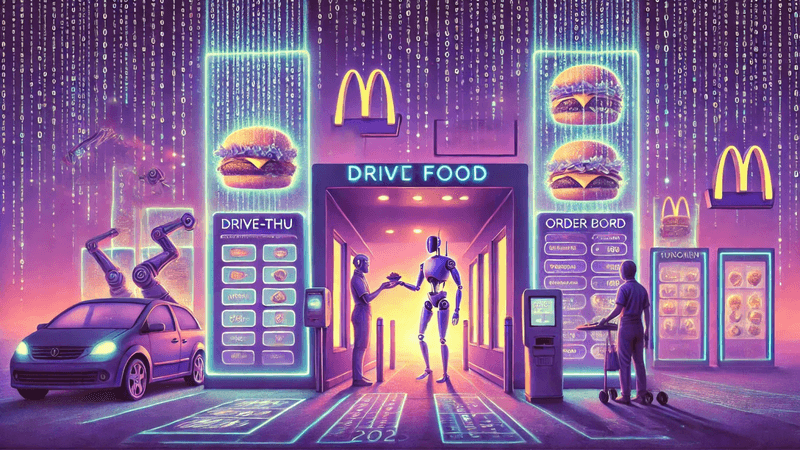
The allure of AI in fast food ordering promises efficiency and innovation. Yet, many implementations fall short, leaving customers exasperated. Voice-AI drive-thrus and chatbot ordering often misinterpret orders, creating dissatisfaction instead of convenience. For a seamless experience, these systems must understand diverse accents and preferences. While the technology holds potential, it requires refinement to truly enhance customer service. Improving responsiveness and accuracy is essential to prevent AI-driven ordering from becoming a frustrating trend.
5. Hyper-Customization That Slows Service

Fast food’s appeal lies in its speed, yet hyper-customized menus challenge this principle. Offering endless options sounds appealing but often leads to delays, confusing new customers and slowing service. The paradox is clear: more choices can lead to indecision, hindering the fast-food experience. While personalization is popular, finding a balance that doesn’t compromise speed is vital. Streamlined options that cater to individual preferences without overwhelming customers could redefine efficient service for modern diners.
6. Increased Automation That Cuts Human Jobs

Automation in fast food kitchens showcases cutting-edge technology, yet it raises concerns about job displacement. While robots can efficiently handle repetitive tasks, they replace traditional human roles. This trend might boost efficiency, but it risks impacting already tightening labor markets. The challenge lies in integrating automation without eroding the human touch that defines customer service. Balancing technological advancements with employment needs is a delicate task that fast food chains must navigate to foster sustainability.
7. Plant-Based Options That Taste Like the Real Deal

The evolution of plant-based fast food is remarkable. Today’s offerings rival traditional meat options, satisfying both vegetarians and carnivores. Gone are the days of bland veggie patties; now, plant-based meals offer rich flavors and textures. This trend is a hit for those seeking meat alternatives without compromising taste. As more consumers become health-conscious or environmentally aware, this shift offers a promising future for fast food. Crafting plant-based options that truly delight the palate represents a significant industry advancement.
8. Eco-Friendly Packaging That’s Actually Biodegradable

As environmental concerns grow, fast food chains are moving towards genuinely eco-friendly packaging. Swapping styrofoam for compostable or recyclable containers aligns with sustainable practices. These new materials reduce waste and appeal to eco-conscious diners. The shift represents a broader industry commitment to environmental responsibility. It also enhances brand image, showing consumers that sustainability is a priority. By adopting biodegradable packaging, companies not only minimize environmental impact but also resonate with a growing segment of eco-aware customers.
9. Drive-Thru-Only Locations with Multiple Lanes

The drive-thru-only model is gaining momentum, redesigned for speed and efficiency. Leading chains are eliminating dining areas to focus on streamlined service. Multiple lanes cater to high traffic, reducing wait times and enhancing convenience. This shift reflects changing consumer preferences for quick, contactless transactions. By reimagining the drive-thru experience, fast food brands adapt to modern demands. These innovations promise faster service without sacrificing quality, meeting the needs of time-conscious customers. This evolution could redefine the traditional fast food model.
10. Global-Inspired Menus

Fast food menus are embracing global flavors, delighting adventurous diners. Dishes like Korean BBQ tacos or birria quesadillas introduce consumers to international cuisines without leaving their hometowns. This trend enriches the dining experience, offering diverse taste profiles that appeal to a broad audience. By incorporating global influences, brands expand their culinary horizons. This evolution not only attracts food enthusiasts but also enhances cultural appreciation. Introducing authentic international dishes can revitalize menu offerings and capture the imaginations of curious, culinary explorers.
11. Fast Food Chains Offering Real Breakfast
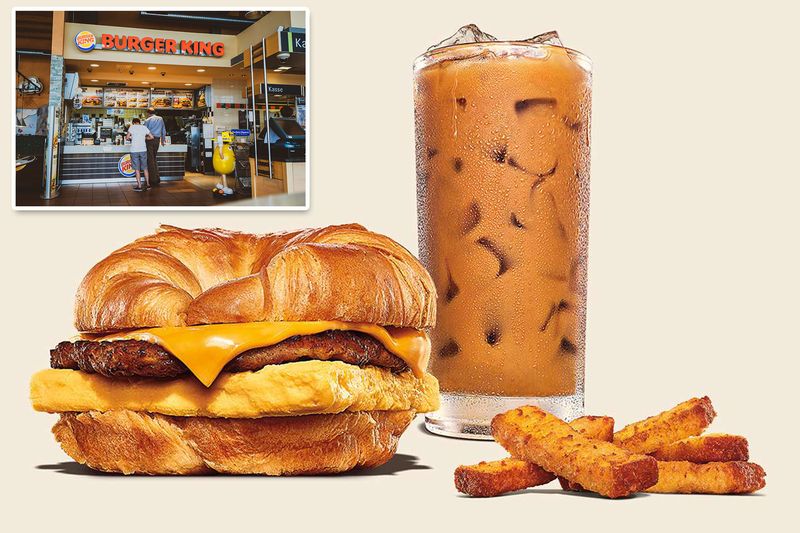
Fast food chains are elevating breakfast offerings beyond sugary options. With a focus on protein-rich meals like eggs and oats, these changes cater to health-conscious consumers. Breakfast becomes a balanced experience, aligning with nutritional needs for busy mornings. This shift reflects a broader trend of incorporating wholesome ingredients into fast food menus. Providing nutritious options meets the demand for healthier starts to the day. As more diners seek balanced breakfasts, this transformation promises to redefine how fast food contributes to daily wellness.
12. Loyalty Programs That Actually Pay Off
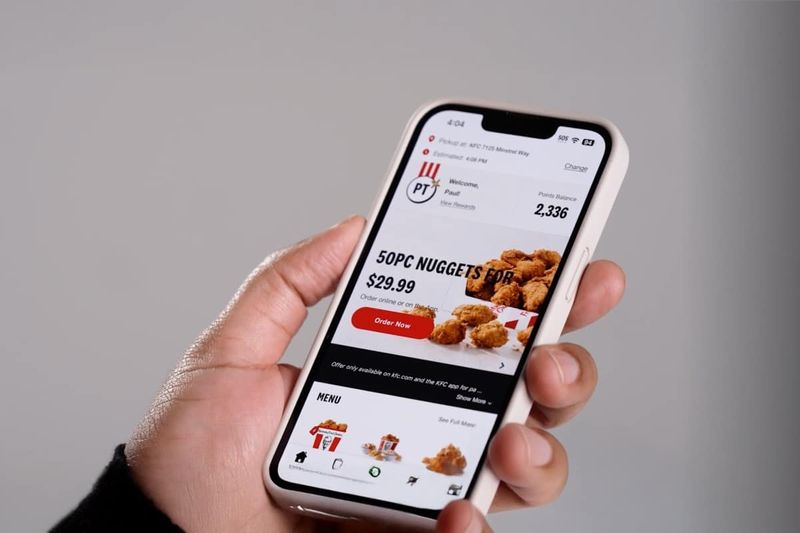
Revamped loyalty programs are capturing the attention of frequent fast food patrons. Digital innovations offer personalized rewards, free items, and exclusive perks. These enhancements transform loyalty into tangible benefits, enticing regular customers to return. The focus on customer engagement and satisfaction strengthens brand loyalty, fostering long-term relationships. By offering meaningful incentives, fast food chains not only reward patrons but also encourage brand advocacy. These programs redefine customer experience, creating a win-win for consumers and businesses alike.
13. Healthier Sides Replacing Fries by Choice
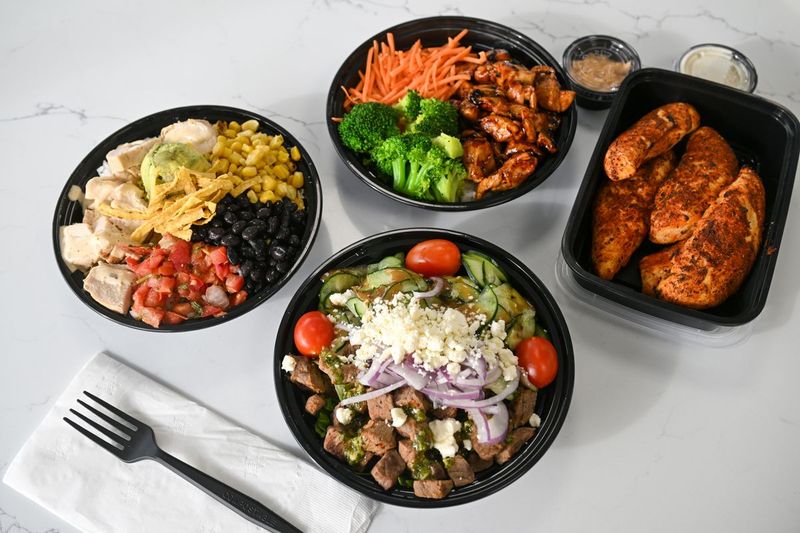
An increasing number of fast food chains are diversifying side options, offering healthier alternatives to fries. Choices like roasted veggies or hummus cups cater to those seeking nutritious meals. This shift aligns with growing health awareness, giving diners more control over their dietary choices. By expanding side offerings, brands appeal to a wider audience looking for variety and wellness. This evolution reflects a broader commitment to health-conscious dining, allowing consumers to make informed decisions. The availability of wholesome sides marks a positive change in fast food.
14. Better Beverage Stations
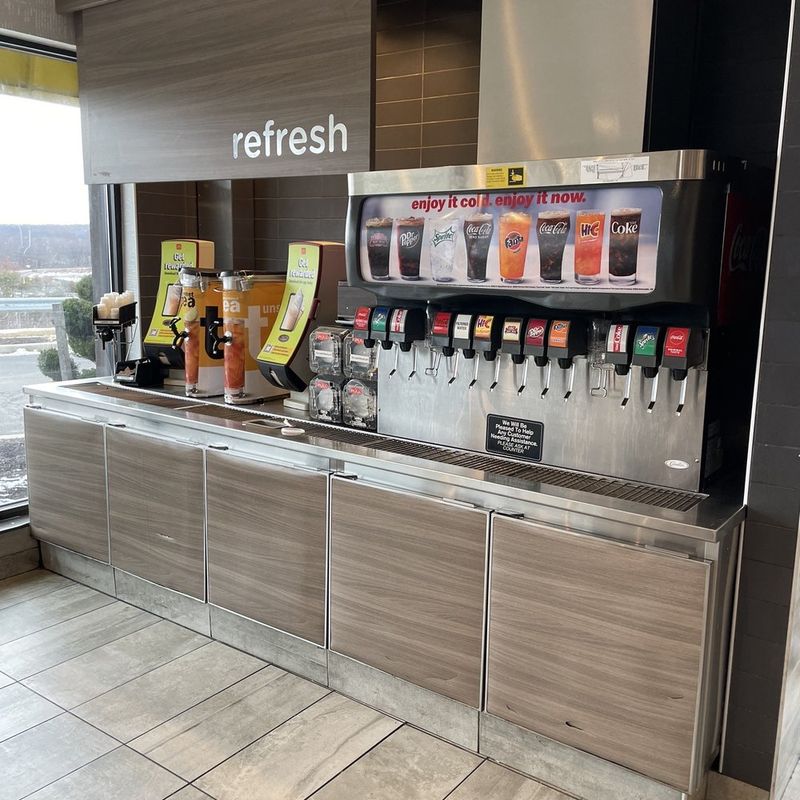
The fast food industry is revolutionizing beverage options, moving beyond traditional sodas. Trendy drink stations now offer choices like kombucha, iced teas, and low-sugar lemonades. These selections cater to diverse tastes and health-conscious consumers. By providing refreshing alternatives, brands enhance the dining experience and appeal to a broader audience. This trend signifies a shift towards more sophisticated palates and wellness-focused options. As consumers become more selective about their drinks, fast food chains are adapting to meet evolving preferences.
15. Transparent Nutrition and Clean Labels
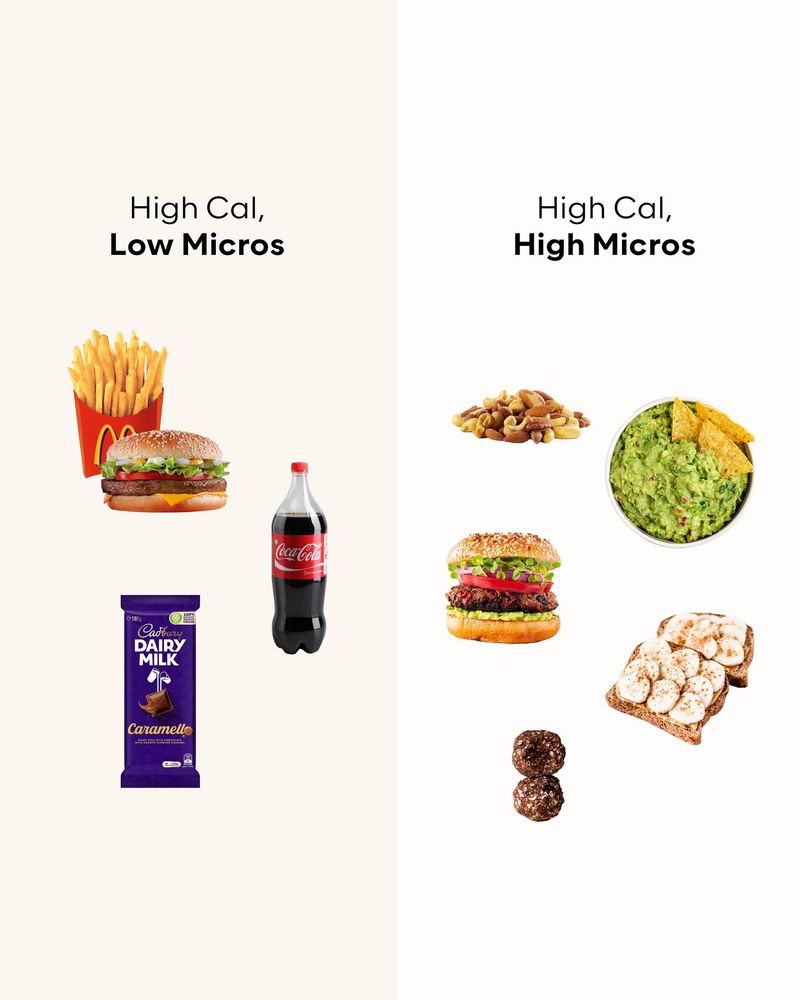
Transparency in nutrition is becoming a priority for fast food chains. Offering clean labels and ingredient lists builds trust with consumers. This trend caters to health-conscious diners seeking transparency in their food choices. By removing mystery additives, brands appeal to those prioritizing wellness. Providing clear nutritional information enhances customer satisfaction and supports informed decisions. This commitment to transparency aligns with broader health trends, making fast food more accessible to conscious eaters.
